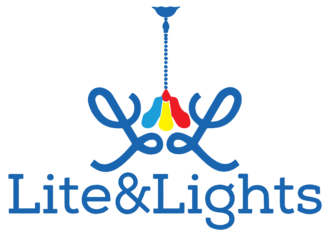Lighting is an essential element in both residential and commercial spaces, influencing ambiance, functionality, and energy efficiency. This guide explores different types of lighting, their benefits, and the latest trends to help you make informed decisions for your lighting needs.
Types of Lighting
1. Ambient Lighting
- Definition: General lighting that provides overall illumination in a space.
- Examples: Ceiling-mounted fixtures, recessed lighting, chandeliers.
- Benefits: Creates a comfortable level of brightness and eliminates shadows.
2. Task Lighting
- Definition: Lighting focused on specific areas to assist with activities.
- Examples: Desk lamps, under-cabinet lights, reading lights.
- Benefits: Enhances visibility for tasks like reading, cooking, or working.
3. Accent Lighting
- Definition: Lighting used to highlight particular objects or areas.
- Examples: Spotlights, wall sconces, track lighting.
- Benefits: Adds visual interest and emphasizes design features.
4. Decorative Lighting
- Definition: Lighting designed primarily for aesthetic appeal.
- Examples: String lights, ornamental lamps, neon signs.
- Benefits: Enhances the aesthetic appeal and sets the mood.
5. Outdoor Lighting
- Definition: Lighting used for exterior spaces to enhance safety and aesthetics.
- Examples: Floodlights, path lights, landscape lighting.
- Benefits: Improves security, highlights landscaping, and extends outdoor usability.
Benefits of Quality Lighting
1. Enhanced Ambiance Good lighting creates a pleasant environment, setting the right mood for different occasions and spaces.
2. Increased Productivity Proper task lighting reduces eye strain and improves focus, boosting productivity in work and study areas.
3. Energy Efficiency Modern lighting options like LED and CFL bulbs are energy-efficient, reducing electricity bills and environmental impact.
4. Improved Safety Well-lit spaces reduce accidents and enhance visibility, particularly in high-traffic areas and outdoor environments.
How to Choose the Right Lighting?
1. Assess Your Needs Determine the purpose of the lighting (ambient, task, accent) and the specific requirements of the space.
2. Consider Energy Efficiency Opt for energy-efficient options like LED bulbs to reduce long-term costs and environmental impact.
3. Evaluate Aesthetics Choose lighting that complements your interior design and enhances the overall ambiance.
4. Budget and Quality Balance cost with quality to ensure durability and performance within your budget.
Choosing the right lighting can transform your space, improving functionality, ambiance, and energy efficiency. By understanding the types of lighting and staying updated on trends, you can make informed decisions that meet your needs and preferences.











